Maxfield Parrish - It's a Cinch to Give Legs to Old Hard-Boiled Eggs (Reissue) (1972/1999)
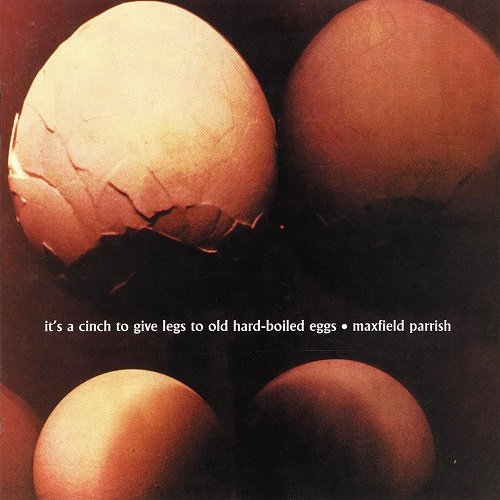
Artist: Maxfield Parrish
Title: It's a Cinch to Give Legs to Old Hard-Boiled Eggs
Year Of Release: 1972/1999
Label: Taxim Records
Genre: Psychedelic Rock, Folk Rock
Quality: Mp3 320 / Flac (image, .cue, log)
Total Time: 59:31
Total Size: 208/414 Mb (scans)
WebSite: Album Preview
Title: It's a Cinch to Give Legs to Old Hard-Boiled Eggs
Year Of Release: 1972/1999
Label: Taxim Records
Genre: Psychedelic Rock, Folk Rock
Quality: Mp3 320 / Flac (image, .cue, log)
Total Time: 59:31
Total Size: 208/414 Mb (scans)
WebSite: Album Preview
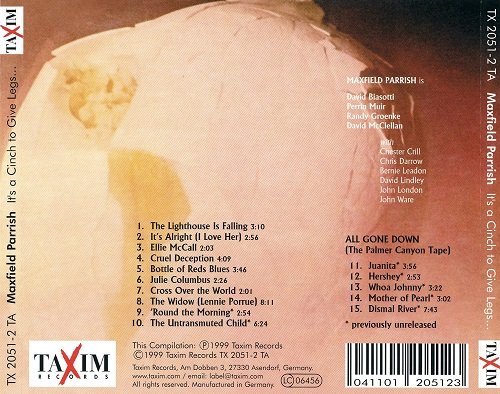
Tracklist:
01. The Lighthouse Is Falling - 3:13
02. It's Alright (I Love Her) - 2:58
03. Ellie McCall - 2:05
04. Cruel Deception - 4:11
05. Bottle Of Reds Blues (David McClellan, Perrin Muir) - 3:48
06. Julie Columbus - 2:28
07. Cross Over The World - 2:03
08. The Widow (Lennie Porrue) - 8:13
09. 'Round The Morning - 2:56
10. The Untransmuted Child - 6:26
11. Juanita - 3:58
12. Hershey - 2:55
13. Whoa Johnny - 3:24
14. Mother Of Pearl - 3:04
15. Dismal River - 7:44
Line-up::
Perrin Muir - Vocals, Acoustic Guitar
David Biasotti - Vocals, Acoustic Guitar
Randy Groenke - Banjo
David McClellan - Mandolin
Chester Crill - Organ, Piano, Harmonica
Chris Darrow - Vocals, Bass
David Lindley - Electric Guitar, Banjo
Bernie Leadon - Acoustic Guitar
John Ware - Drums, Piano
John London - Bass
Maxfield Parrish was a band with a great degree of promise and inventiveness, born of the mores of the '60s counterculture and ultimately destroyed by the same energy that made them so unique. Drawing on influences as far back as Romantic poets like Lord Byron and Percy Shelley, and as contemporary (to them) as the Byrds and Grateful Dead, their unique style was much like the country-rock of the era with a transcendental sheen, termed "Western Gothic".
The phrase was provided by Kaleidoscope's Chris Darrow, who acted as the band's producer, harmonizer, and sometime bassist on their only album, It's a Cinch to Give Legs to Old Hard-Boiled Eggs. Darrow was not the first inspirational musician in the band's career: singer/guitarist David Biasotti and banjoist Randy Groenke both took lessons on their respective instruments from a local Palo Alto instructor by the name of Jerry Garcia. Biasotti and Groenke were high school friends from the San Francisco Bay area, and both got heavily into bluegrass and Romantic poetry just as most of the San Franciscan musicians were heading in their own, non-traditional directions. Moving down to Claremont, CA for college in 1967, the duo met fellow student David Perrin Muir and, based on a mutual love of the Byrds, they formed the obviously titled Jim McGuinn Memorial Band with a younger local drummer named David McClellan. Biasotti and Muir quickly moved beyond the tributary affectations of their cover band and began a fruitful songwriting partnership. Basing their lyrics in the story-telling style of Child Ballads, and their music on the more pop-oriented, layered harmony approaches of the Beatles, the duo created a handful of memorable tunes that owed much to the directions being taken by the Band and the Byrds, but with a more cosmic feel.
Several slots as a semi-acoustic country-rock band helped hone Maxfield Parrish's direction, and an opening slot for John Fahey in 1969 was a particular inspiration. Fahey, himself an expansive, idiosyncratic acoustic player, was impressed by the band's songs and dedication to their artistic vision, and gave them his endorsement, which in turn strengthened the band's confidence and prompted them to record their music for broader exposure. One of the audience members at the Fahey concert was Chris Darrow, of psychedelic folk and world music pioneers the Kaleidoscope, who would come to produce Maxfield Parrish's first -- and only -- album. Darrow knew the band through drummer McClellan, as he had been the latter's mandolin teacher, and was also impressed by the unique direction his student's band was taking.
Although Maxfield Parrish was comprised of competent players, the musicians weren't always able to capture on tape what they heard in their heads. Much like their heroes the Byrds, sessions for the debut album were augmented by seasoned musicians who were sympathetic to the band's needs. Among them were other ex-members of Kaleidoscope, David Lindley and Chester Crill, both of whom contributed heavily to the mystical atmosphere of the record, as well as more straight-ahead players deeply steeped in country, like Bernie Leadon and John London, who would make important contributions to the canons of Gene Clark, Linda Rondstadt, and the Eagles.
The studio may have revealed the players' instrumental limitations, but the success of Maxfield Parrish's fusion of disparate styles was the keen ears of its main songwriters, who credit, among the above influences, Skip Spence's Oar -- meaning that they must have been some of the only people in the world to have heard the album upon its 1968 release! Sadly, even fewer listeners had the opportunity to be exposed to Maxfield Parrish themselves -- the band created its own label to release It's a Cinch, but business considerations and the pitfalls of self-promotion meant that their only album, recorded in 1969, wasn't to be released until 1972, at which point they had long since disbanded.
Biasotti and Muir remained a close-knit songwriting partnership, and upon the release of their old band's debut, the two got together to record their entire songbook for publishers' considerations. Not much of an impact was made by either the record itself or the pair's demos, and the strain split them apart, too. Biasotti moved back up to San Francisco to try and start a rock band while Muir spiraled farther out into the realm of spirituality, traveling the world in search of life's deeper meaning. It's a Cinch was finally reissued on CD in 1999 with some of the aforementioned acoustic demos as bonus tracks; though such individualistic, impressionistic music may never be able to be widely accepted, it's at least available again for the consideration of those who enjoy the often-times excellent music made in the '60s that unfortunately never got its just due.
The phrase was provided by Kaleidoscope's Chris Darrow, who acted as the band's producer, harmonizer, and sometime bassist on their only album, It's a Cinch to Give Legs to Old Hard-Boiled Eggs. Darrow was not the first inspirational musician in the band's career: singer/guitarist David Biasotti and banjoist Randy Groenke both took lessons on their respective instruments from a local Palo Alto instructor by the name of Jerry Garcia. Biasotti and Groenke were high school friends from the San Francisco Bay area, and both got heavily into bluegrass and Romantic poetry just as most of the San Franciscan musicians were heading in their own, non-traditional directions. Moving down to Claremont, CA for college in 1967, the duo met fellow student David Perrin Muir and, based on a mutual love of the Byrds, they formed the obviously titled Jim McGuinn Memorial Band with a younger local drummer named David McClellan. Biasotti and Muir quickly moved beyond the tributary affectations of their cover band and began a fruitful songwriting partnership. Basing their lyrics in the story-telling style of Child Ballads, and their music on the more pop-oriented, layered harmony approaches of the Beatles, the duo created a handful of memorable tunes that owed much to the directions being taken by the Band and the Byrds, but with a more cosmic feel.
Several slots as a semi-acoustic country-rock band helped hone Maxfield Parrish's direction, and an opening slot for John Fahey in 1969 was a particular inspiration. Fahey, himself an expansive, idiosyncratic acoustic player, was impressed by the band's songs and dedication to their artistic vision, and gave them his endorsement, which in turn strengthened the band's confidence and prompted them to record their music for broader exposure. One of the audience members at the Fahey concert was Chris Darrow, of psychedelic folk and world music pioneers the Kaleidoscope, who would come to produce Maxfield Parrish's first -- and only -- album. Darrow knew the band through drummer McClellan, as he had been the latter's mandolin teacher, and was also impressed by the unique direction his student's band was taking.
Although Maxfield Parrish was comprised of competent players, the musicians weren't always able to capture on tape what they heard in their heads. Much like their heroes the Byrds, sessions for the debut album were augmented by seasoned musicians who were sympathetic to the band's needs. Among them were other ex-members of Kaleidoscope, David Lindley and Chester Crill, both of whom contributed heavily to the mystical atmosphere of the record, as well as more straight-ahead players deeply steeped in country, like Bernie Leadon and John London, who would make important contributions to the canons of Gene Clark, Linda Rondstadt, and the Eagles.
The studio may have revealed the players' instrumental limitations, but the success of Maxfield Parrish's fusion of disparate styles was the keen ears of its main songwriters, who credit, among the above influences, Skip Spence's Oar -- meaning that they must have been some of the only people in the world to have heard the album upon its 1968 release! Sadly, even fewer listeners had the opportunity to be exposed to Maxfield Parrish themselves -- the band created its own label to release It's a Cinch, but business considerations and the pitfalls of self-promotion meant that their only album, recorded in 1969, wasn't to be released until 1972, at which point they had long since disbanded.
Biasotti and Muir remained a close-knit songwriting partnership, and upon the release of their old band's debut, the two got together to record their entire songbook for publishers' considerations. Not much of an impact was made by either the record itself or the pair's demos, and the strain split them apart, too. Biasotti moved back up to San Francisco to try and start a rock band while Muir spiraled farther out into the realm of spirituality, traveling the world in search of life's deeper meaning. It's a Cinch was finally reissued on CD in 1999 with some of the aforementioned acoustic demos as bonus tracks; though such individualistic, impressionistic music may never be able to be widely accepted, it's at least available again for the consideration of those who enjoy the often-times excellent music made in the '60s that unfortunately never got its just due.
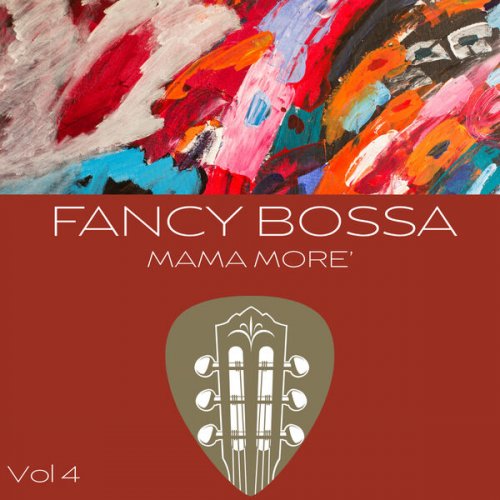
![Wadada Leo Smith - Divine Love (1979/2025) [Hi-Res] Wadada Leo Smith - Divine Love (1979/2025) [Hi-Res]](https://www.dibpic.com/uploads/posts/2025-12/1765802240_cover.jpg)
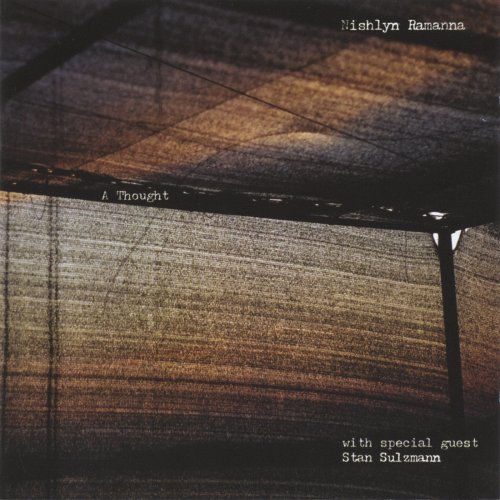
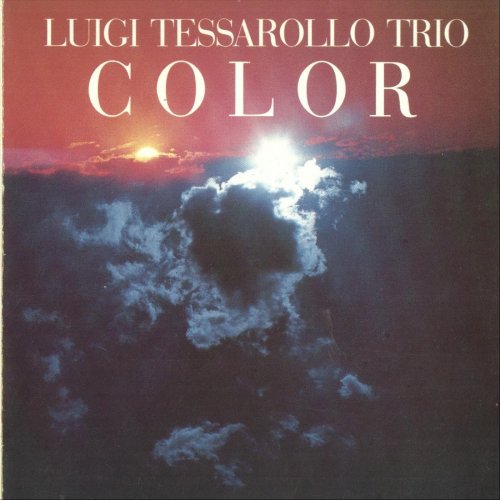
![Amira Kheir - Black Diamonds (2025) [Hi-Res] Amira Kheir - Black Diamonds (2025) [Hi-Res]](https://www.dibpic.com/uploads/posts/2025-12/1765640459_tf7wrmc9lqmqc_600.jpg)
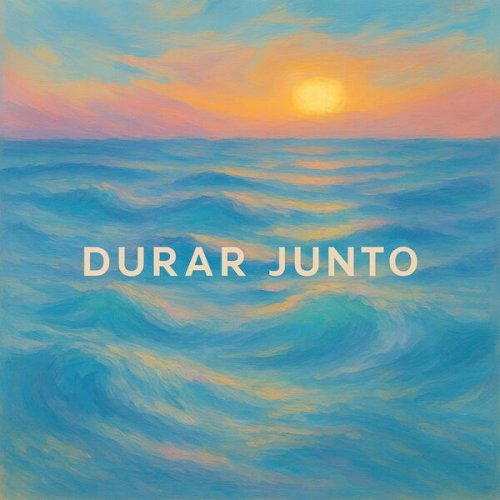
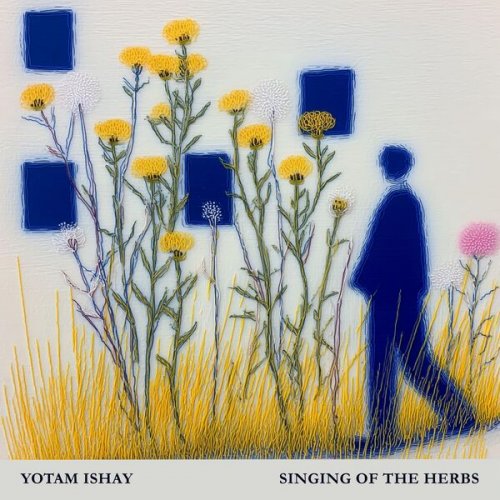
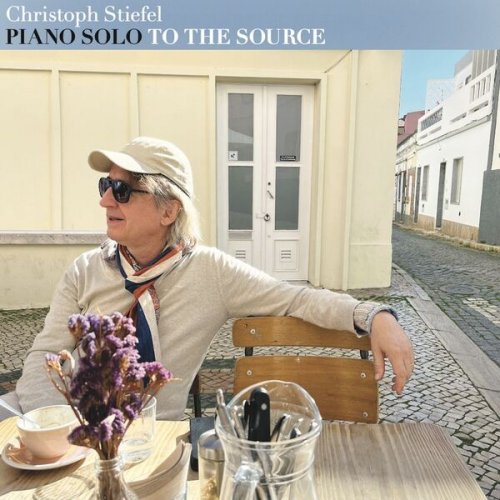
![Tomasz Stańko - Zamek mgieł (Polish Radio Sessions vol. 3/6) (2025) [Hi-Res] Tomasz Stańko - Zamek mgieł (Polish Radio Sessions vol. 3/6) (2025) [Hi-Res]](https://www.dibpic.com/uploads/posts/2025-12/1765795906_cover.jpg)